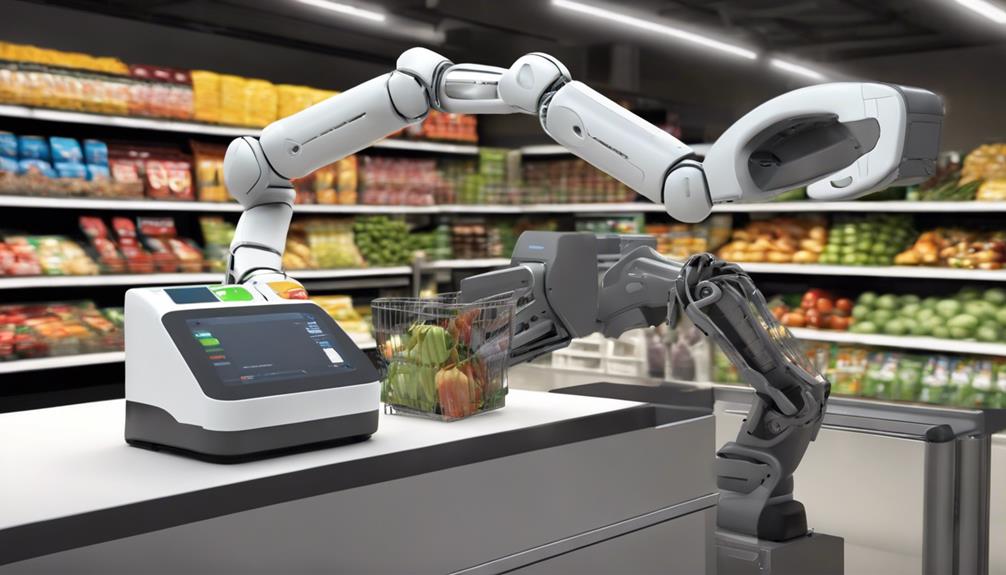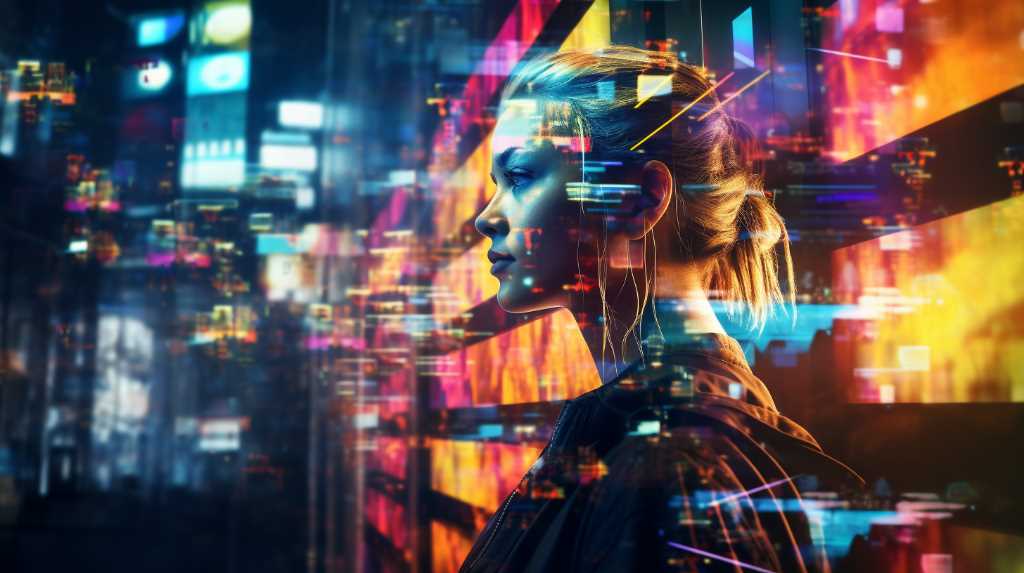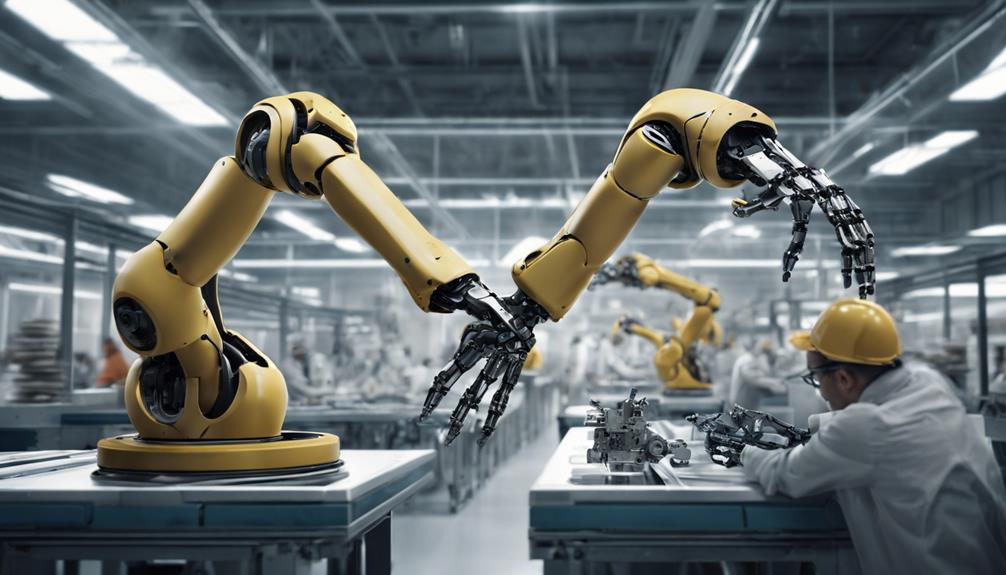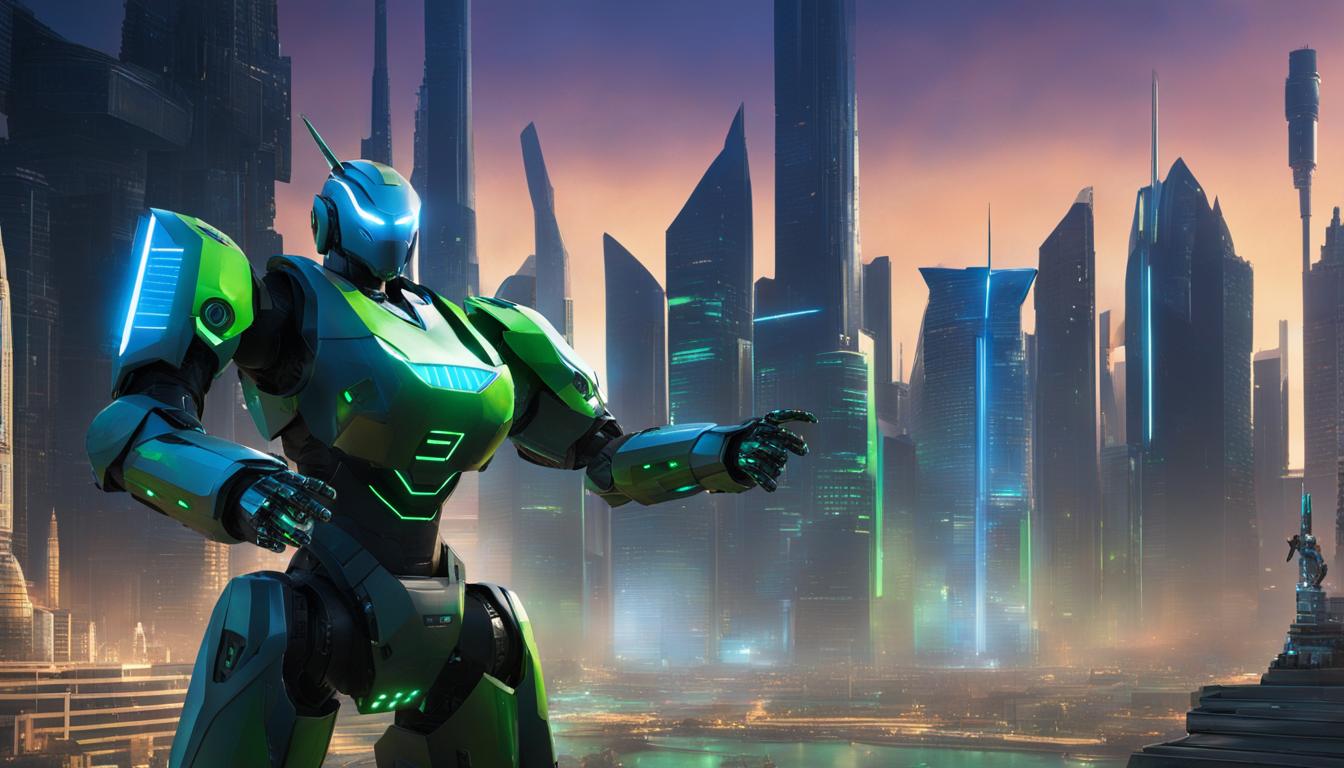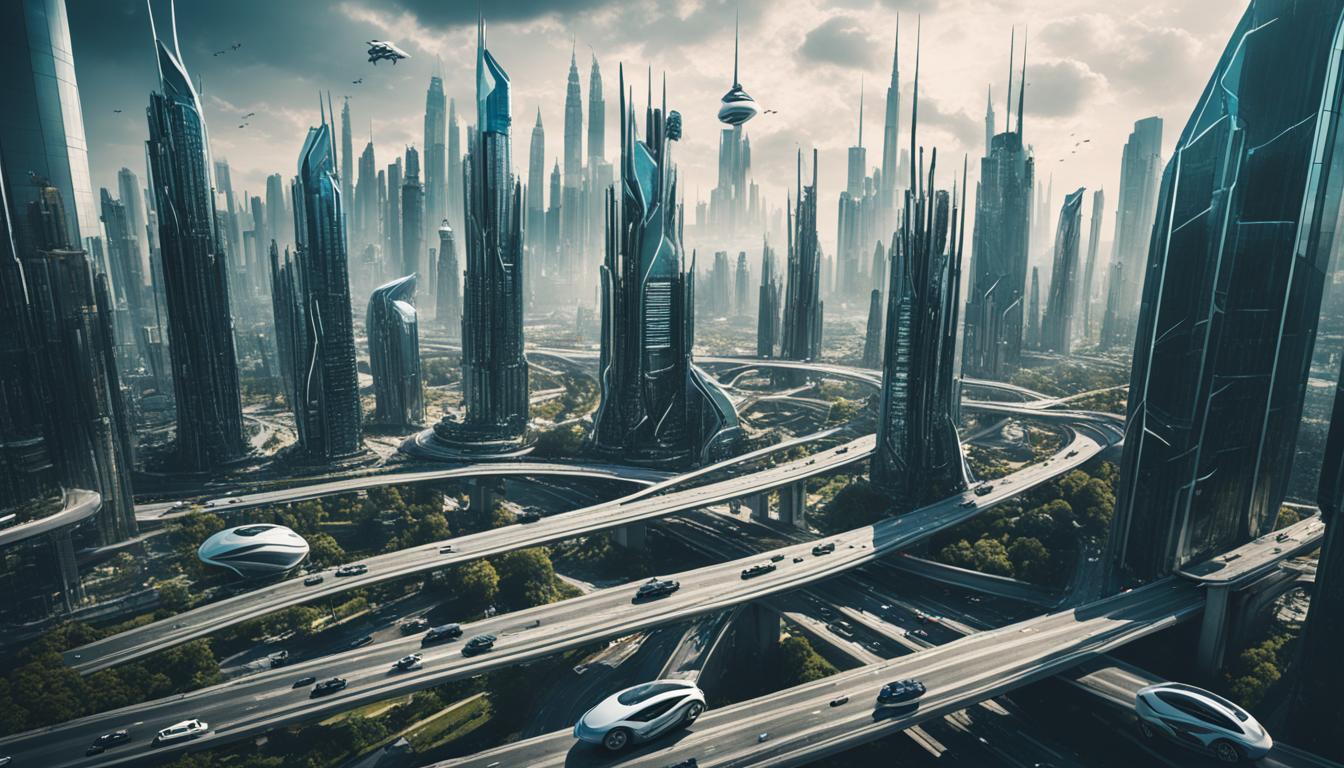Nvidia’s incredible rise to nearly reaching a $2 trillion market capitalization has captivated the tech industry, showcasing its undeniable proficiency in AI advancements. While its rapid expansion and significant impact on the AI Revolution are undeniable, the road ahead poses challenges that must be carefully considered.
As we reflect on Nvidia's unprecedented success, one cannot help but ponder the intricacies of its valuation, the evolving competitive landscape, and the imperative of sustaining its growth momentum. The road ahead for Nvidia is laden with opportunities and obstacles that will shape its narrative in the ever-evolving tech ecosystem.
Key Takeaways
- Nvidia's market cap nears $2 trillion, reflecting its exceptional growth.
- Challenges ahead include potential overvaluation and future competition.
- Importance of establishing a durable platform beyond successful products.
- Speculations on Nvidia's future growth potential with AI dominance.
Market Performance and Growth Highlights
Demonstrating unprecedented growth and market resilience, Nvidia's stock performance has surged tenfold to $739 per share from pre-pandemic levels, solidifying its position as a key player in the global AI Revolution. This remarkable ascent has been fueled by Nvidia's strategic focus on AI chips and platforms, aligning with current market trends emphasizing artificial intelligence integration across industries.
Financial projections indicate sustained growth potential, with Nvidia's market cap nearing $2 trillion, reflecting investor confidence in its future prospects. As market dynamics evolve, Nvidia's ability to innovate and adapt to changing industry landscapes will be critical for maintaining its upward trajectory.
Continued monitoring of market trends and financial projections will be essential for stakeholders to gauge Nvidia's resilience and growth prospects amidst increasing competition and evolving technological landscapes.
Comparison With Tech Giants
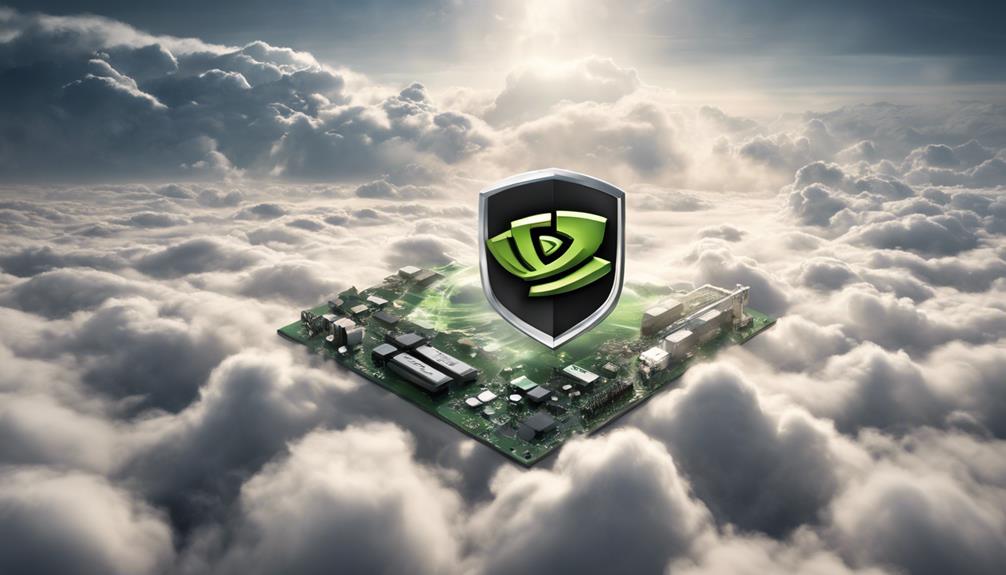
With Nvidia's substantial market growth and positioning in the AI Revolution established, a comparative analysis reveals how the company stands among tech giants like Microsoft, Apple, Alphabet, Amazon, and Meta in their respective areas of focus and market dominance.
- Microsoft vs Nvidia: Microsoft focuses on business productivity software, while Nvidia leads in AI chips and platforms.
- Amazon Competition: Amazon leads in cloud services, posing competition to Nvidia in the cloud computing sector.
- Apple Dominance: Apple dominates the mobile market, contrasting Nvidia's focus on AI and graphics chips.
- Alphabet's Expertise: Alphabet excels in search technologies, showcasing a different specialization compared to Nvidia's hardware-centric approach.
Concerns and Competitor Challenges
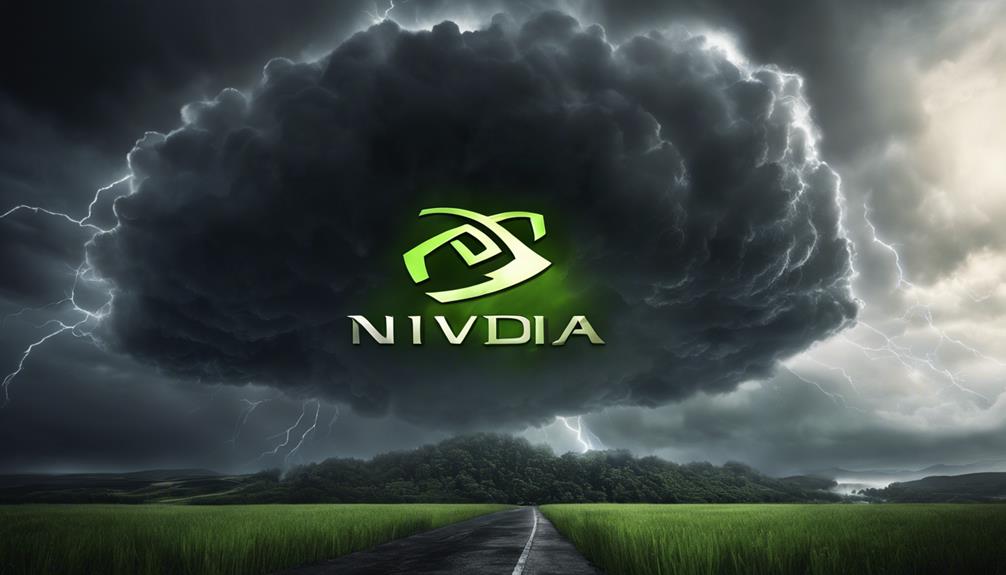
Nvidia faces significant challenges from competitors like AMD and Intel as it navigates potential overvaluation concerns and the need to solidify its platform beyond current successful products in the rapidly evolving AI chip market.
Competitor positioning in the AI chip market is crucial as AMD and Intel gear up to intensify competition by 2024, posing a threat to Nvidia's dominance. Valuation risks loom over Nvidia due to its remarkable stock price surge, raising concerns about potential overvaluation.
To sustain its growth trajectory, Nvidia must overcome these challenges by fortifying its platform and innovation to stay ahead in the highly competitive landscape. Historical examples of challenges faced by trillion-dollar companies emphasize the importance of strategic planning and adaptation in the face of evolving markets.
Speculations on Future Valuation
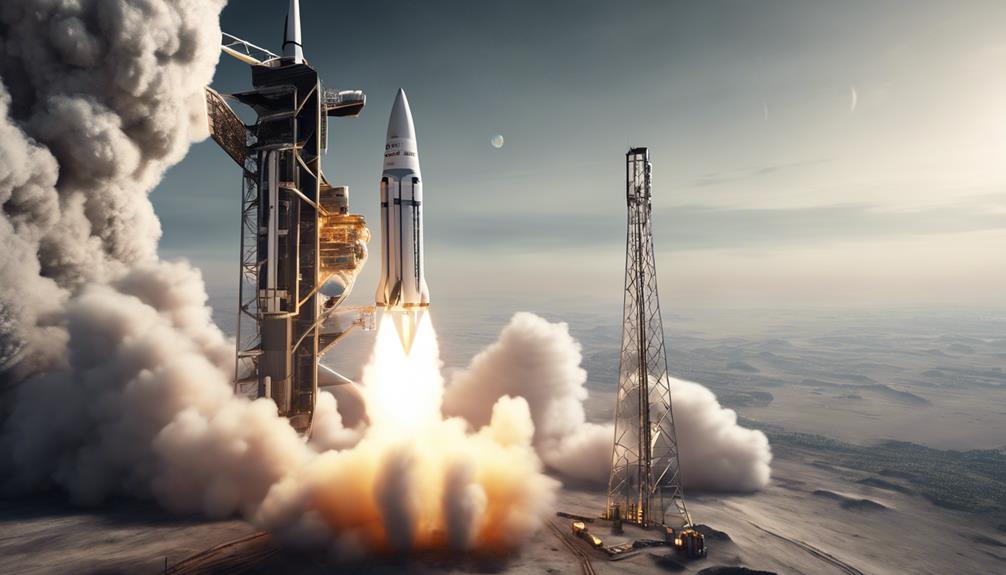
As the AI chip market landscape evolves with increasing competition from industry giants AMD and Intel by 2024, Nvidia's future valuation speculation hinges on its ability to navigate potential overvaluation concerns and solidify its platform beyond current successful products.
- Market Position: Nvidia's ability to maintain its leadership in AI dominance.
- Competitive Strategies: How Nvidia plans to counter AMD and Intel's advancements.
- Financial Performance: Analysis of key financial metrics impacting Nvidia's valuation.
- Investor Sentiment: Understanding how market sentiments influence Nvidia's future valuation prospects.
Nvidia's strategic decisions in response to the competitive landscape and its execution in the evolving AI chip market will be crucial in determining its future valuation trajectory.
Strategic Software Platform Development

Strategically developing a robust software platform is imperative for Nvidia to enhance its competitive edge and ensure sustained growth in the rapidly evolving AI chip market landscape. Software innovation plays a crucial role in shaping market positioning, allowing companies to differentiate themselves and cater to evolving customer needs.
Nvidia's leadership in AI chips necessitates a strategic focus on software development to complement its hardware prowess. By investing in cutting-edge software solutions tailored to AI applications, Nvidia can solidify its market positioning and offer comprehensive offerings to its customers.
Embracing software innovation will not only enhance the value proposition of Nvidia's products but also enable the company to stay ahead in the dynamic and competitive landscape of AI chip technologies.
Industry Dynamics and Partnerships Analysis
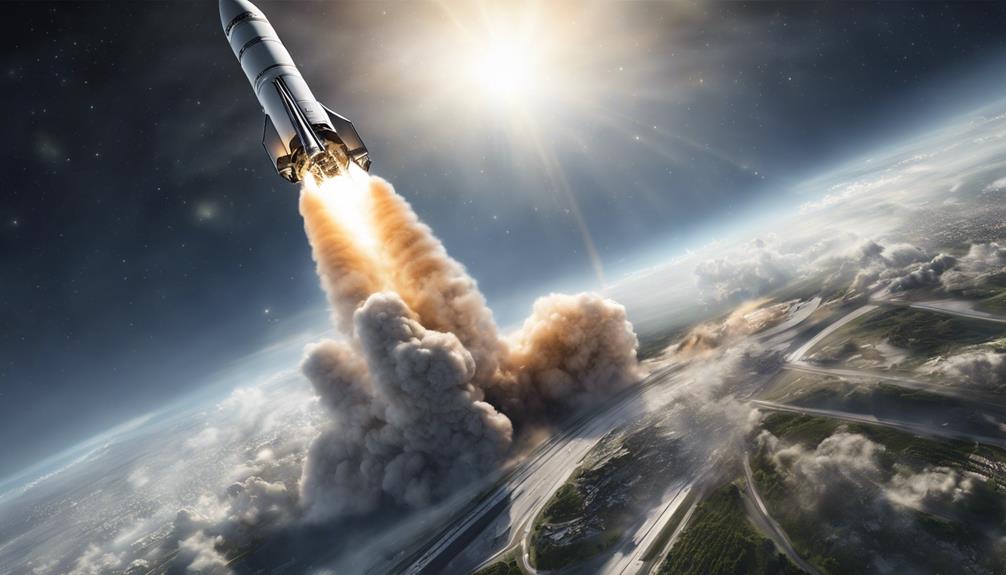
Amid the rapidly evolving landscape of the AI chip market, an in-depth analysis of industry dynamics and strategic partnerships is essential to comprehend the competitive forces shaping the future trajectory of key players.
Industry Dynamics and Partnerships Analysis:
- Margins and Manufacturing: Understanding the intricacies of margins and efficient manufacturing processes is crucial in the fiercely competitive chip industry.
- Intel's Strategies: Intel's future strategies and responses will significantly influence the competitive landscape and technological advancements within the sector.
- Strategic Partnerships: Forming strategic alliances and collaborations can provide competitive advantages and foster innovation in chip development.
- Funding Considerations: The availability of capital and funding sources play a pivotal role in driving research, development, and market expansion efforts in the chip industry.
Role of Leadership in Innovation

In the rapidly evolving landscape of the AI chip market, the role of leadership in driving innovation and strategic decision-making is paramount to navigating the competitive forces shaping the future trajectory of key players.
Leadership strategies that prioritize continuous technology innovation and align executive vision with market demands are crucial for sustaining growth and relevance in the dynamic semiconductor industry.
Effective leaders within companies like Nvidia must foster a culture of experimentation, embrace calculated risks, and stimulate creativity to push the boundaries of what is technologically feasible.
Frequently Asked Questions
How Does Nvidia's Meteoric Rise Impact the Broader Semiconductor Industry and Market Trends?
The semiconductor industry is witnessing shifts in market trends driven by Nvidia's remarkable ascent. Nvidia's trajectory influences market dynamics, impacting competition, innovation, and investment patterns.
As Nvidia's prominence grows, it sets benchmarks for technological advancements and strategic partnerships within the semiconductor landscape. Observing these trends is crucial for stakeholders navigating the evolving market environment.
Analyzing Nvidia's meteoric rise provides valuable insights into the broader semiconductor industry's trajectory and competitive forces.
What Potential Regulatory Challenges Could Nvidia Face as It Continues to Dominate the AI Chip Space?
In dominating the AI chip space, Nvidia may encounter regulatory challenges related to antitrust concerns, data privacy regulations, and fair competition practices.
Ethical considerations surrounding AI usage, such as bias mitigation and transparent algorithms, could also attract regulatory scrutiny.
As Nvidia solidifies its position in the market, navigating these complex regulatory landscapes will be crucial to sustaining growth and mitigating potential legal risks.
Balancing innovation with compliance will be essential for long-term success.
How Does Nvidia's Success in AI Compare to Other Tech Giants' Strategies in Emerging Technologies?
In a comparative analysis of tech giants' strategies in emerging technologies, Nvidia's success in AI stands out due to its leadership in AI chips and platforms.
While Microsoft, Apple, Alphabet, Amazon, and Meta excel in their respective sectors, Nvidia's focus on graphics chips pivotal to the global AI Revolution sets it apart.
Nvidia's market positioning and emphasis on AI dominance highlight its unique market strategies within the tech industry.
What Role Does Nvidia Play in Shaping the Future of Autonomous Vehicles and Smart Cities?
In shaping the future of autonomous vehicles and smart cities, Nvidia occupies a pivotal role with its cutting-edge technologies. Leveraging its expertise in AI and high-performance computing, Nvidia's solutions power the development of autonomous driving systems and intelligent city infrastructure.
How Does Nvidia's Chip Technology Contribute to Advancements in Healthcare and Scientific Research Beyond AI Applications?
Nvidia's chip technology is pivotal in advancing healthcare applications and scientific research beyond AI. In healthcare, Nvidia's GPUs power medical imaging, drug discovery, and genomics sequencing, accelerating diagnosis and treatment development.
In scientific research, these chips enhance simulations, modeling, and data analysis, leading to breakthroughs in various fields. Nvidia's versatile technology plays a crucial role in driving innovation and efficiency, contributing significantly to transformative advancements in healthcare and scientific research.
Conclusion
In conclusion, Nvidia's remarkable growth trajectory is exemplified by its tenfold increase in stock price since pre-pandemic levels.
One interesting statistic to note is Nvidia's market cap standing at nearly $2 trillion, solidifying its position as a key player in the global AI Revolution.
As the company navigates potential overvaluation, competition, and strategic partnerships, the future holds a complex tapestry of opportunities and challenges that will shape its trajectory in the tech industry.
Ava combines her extensive experience in the press industry with a profound understanding of artificial intelligence to deliver news stories that are not only timely but also deeply informed by the technological undercurrents shaping our world. Her keen eye for the societal impacts of AI innovations enables Press Report to provide nuanced coverage of technology-related developments, highlighting their broader implications for readers.



